WHAT IS TAO? WHAT IS TAO? A L A N W A T T S


NEW WORLD LIBRARY N OVATO , C ALIFORNIA

New World Library
14 Pamaron Way
Novato, California 94949
Copyright 2000 by Mark Watts
The poems on pages v, 22, and 52, are from Tao Te Ching,
translation 1988 by Stephen Mitchell
reprinted with permission from HarperCollins Publishers, Inc.
Editors: Mark Watts, Marc Allen
Cover design: Mary Ann Casler
Text design: Tona Pearce Myers
Interior Calligraphy: Alan Watts
All rights reserved. This book may not be reproduced in whole or in part, or
transmitted in any form, without written permission from the publisher,
except by a reviewer, who may quote brief passages in a review; nor may
any part of this book be reproduced, stored in a retrieval system, or trans
mitted in any form or by any means electronic, mechanical, photocopying,
recording, or other, without written permission of the publisher.
Library of Congress Cataloging-in-Publication Data
Watts, Alan, 19151973.
What is Tao? / Alan Watts.
p. cm.
ISBN 1-57731-168-X
1. Tao. I. Title.
B127.T3 W39 2000299.514dc21 00-056091
First printing, October 2000
ISBN 1-57731-168-X
Printed in Canada on acid-free, recycled paper
Distributed to the trade by Publishers Group West
10 9 8 7 6 5 4 3 2 1
The tao that can be told is not the eternal Tao. The name that can be named is not the eternal Name. The unnameable is the eternally real. Naming is the origin of all particular things. Free from desire, you realize the mystery. Caught in desire, you see only the manifestations.
C ONTENTS
The ancient philosophy of the Tao is one of the most intriguing and refreshing ways of liberation to arrive in the West from the Far East in modern times. With over fifty translations of the Tao Te Ching into Western languages to date, the classic work of Taoist literature offers its readers great wisdom for living as well as advice on worldly affairs. It is also a fascinating window into the mysterious world of pre-dynastic China.
The very practical nature of Taoist thought is often overlooked by Western readers who are hesitant to embrace a seemingly strange and foreign way of knowing, but in the philosophy of the Tao one finds a surprisingly contemporary perspective. The word Tao, properly pronounced dow, has lent its name to a way of understanding and living in the world with profound implications for modern societies. Above all else Taoism places great emphasis on the balance between our human awareness and our natural being, as an integral part of the web of life. It embodies our deepest understanding of ecological awareness.
The mystical side of Taoist thought, on the other hand, is highly enigmatic, for here one finds a doorway into the shamanistic world that flourished in China over a span of at least five thousand years, right up to the period in which the Taoist texts were written.
As Alan Watts explains it, the word Tao embodies two broad meanings in our language: it means approximately the Way in the sense of the way to go and it also refers to nature in the sense of ones own true nature. Everything is said to have its own Tao, but it is impossible to define it, to put ones finger on it exactly.
As I sat working on this manuscript my eight-year-old son came up to me and asked, Papa, what are you working on? I told him it was a book on the Tao, and began to explain a little bit about it, but without a moments hesitation he said, Oh, you mean whats behind everything and then he headed off. Intuitively and experientially we know what it is, but for most of us the problem arises when we try to explain it.
This enigma reminds me of a story that my father used to tell about a debate years ago in the House of Lords in England concerning a Church-related matter. Apparently one of the representatives had put forth the argument that it was not proper for a governing body with so many atheists to rule on a religious issue. One of the members rose to the occasion, however, and replied, Rubbish, Sir! I am quite certain that everyone here believes in some sort of something somewhere or other. And by and large we do even if it is no more definite than to sense the Tao.
In classic Chinese literature the Tao is described as following the path of least resistance, occupying the invisible or lowest position, and embracing the goodness of nature without ever attempting to do so. The Tao is passive but not weak, and in his book the legendary sage Lao-tzu describes the paradoxical quality of the Tao by asking one to consider the following:
How do coves and oceans become kings of the hundred rivers?
Because they are good at keeping low
That is how they are kings of the hundred rivers.
Nothing in the world is weaker than water,
But it has no better in overcoming the hard.
T HE O RIGIN OF THE T AO T E C HING
The Tao Te Ching has traditionally been attributed to Lao-tzu, the legendary sage and founder of the Taoist school. However, the Tao Te Ching was originally called the Lao-tzu as well, and this makes it difficult for us to fully understand the origin of the earliest texts describing its origin because in Chinese it is often impossible to know whether Lao-tzu refers to the person or the text. Nevertheless the original work has been tentatively dated to the sixth century B.C.E. , the time in which Lao-tzu was supposed to have lived, although it is likely that the collection did not come into circulation until the fourth century B.C.E. This was the period of the golden age of Chinese philosophy that gave rise to tremendous diversity known as the hundred schools of thought and gave us the other great classic of Chinese literature, the I Ching.
It is not until the first century B.C.E. , however, that we find a history, the Shih chi (or Records of the Historian) , that contains one of the oldest recorded stories about Lao-tzu. Here we find the story of Confucius visiting Lao-tzu at the Court of Chou where, by this account, Lao-tzu served as the court librarian. In that meeting, Lao-tzu was said to have scolded Confucius for his pompous and self-serving ways, and afterward Confucius is reported to have said to his disciples:
I know that birds can fly, fish can swim, and animals run. For those that run a net may be set, for those that swim a line cast, and for those that fly an arrow set free. But a dragons ascent to heaven walks the wind and swims through clouds, and I know of no way to trap him. Today I have met Lao-tzu, who is both man and dragon.
The reference to the ascension of the dragon to heaven offers a clue to the early origins of Taoist rituals, because it reveals a link to the ancient shamanic ancestry of the region. The dragon, like the Feathered Serpent in South and Central American mythology, combines the scales of the snake with the feathers or wings of the bird. The feathers or wings of the dragon or bird are representative of the shamans flight, and the scales represent rebirth, for the snake sheds its skin only to find a new one beneath the old.
The combination of these attributes accurately describes dream/death and rebirth rituals of the shamans known to date far back into the Neolithic period. Pottery dating from 5000 B.C.E. discovered in the village of Banpo near Xian in the 1950s included a ritualistic vessel showing four views of a shaman in a dreaming or trance state, and a fifth as a transformed being. This pottery example is fairly typical of representations of the wizards who were said to leave their bodies in flights of vision, and following such a flight the shaman or initiate would be reborn with the sunrise fully transformed.
Next page
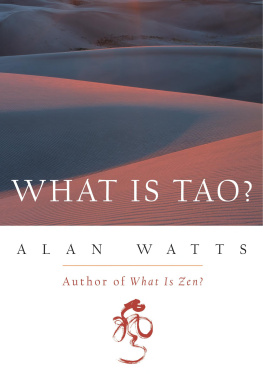
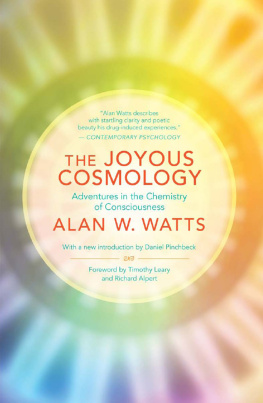
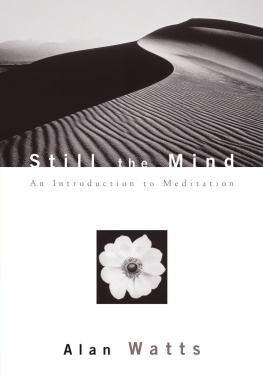
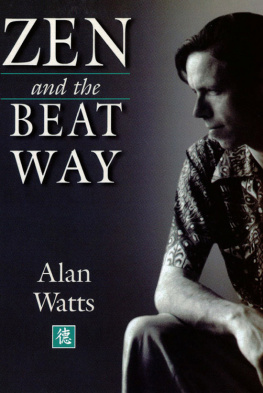


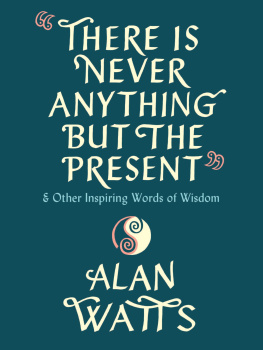

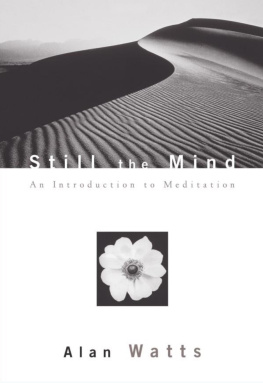
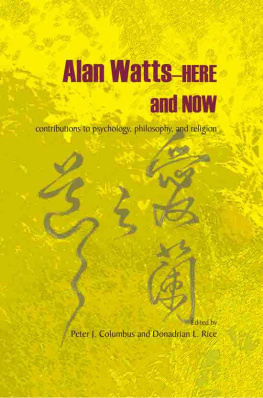
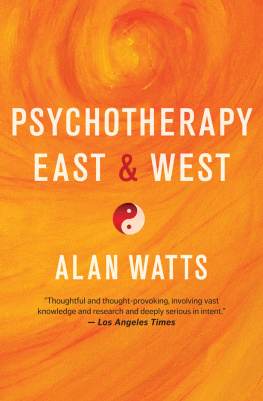
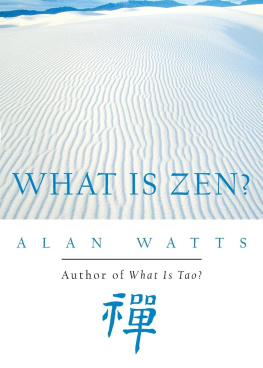


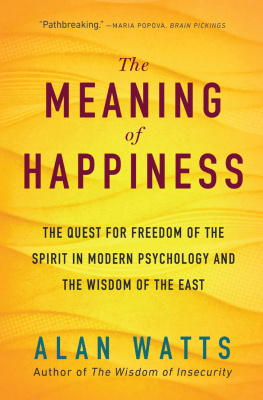


 NEW WORLD LIBRARY N OVATO , C ALIFORNIA
NEW WORLD LIBRARY N OVATO , C ALIFORNIA